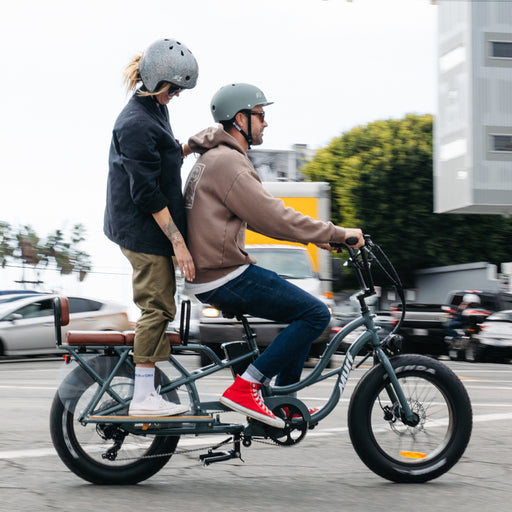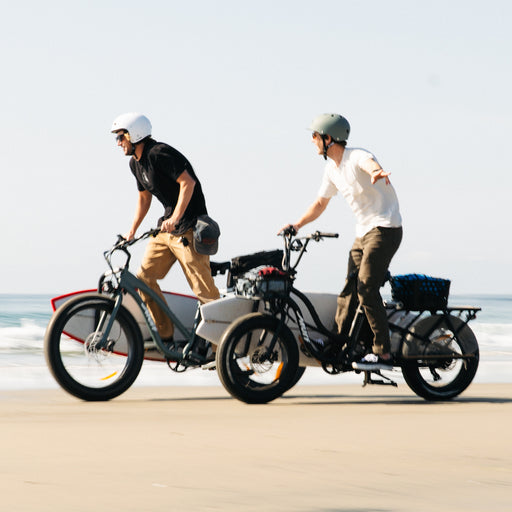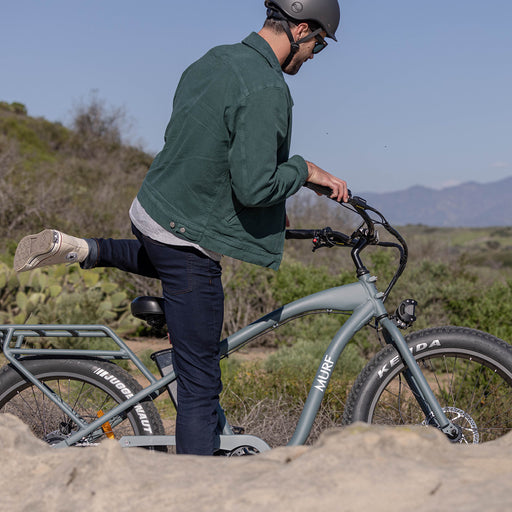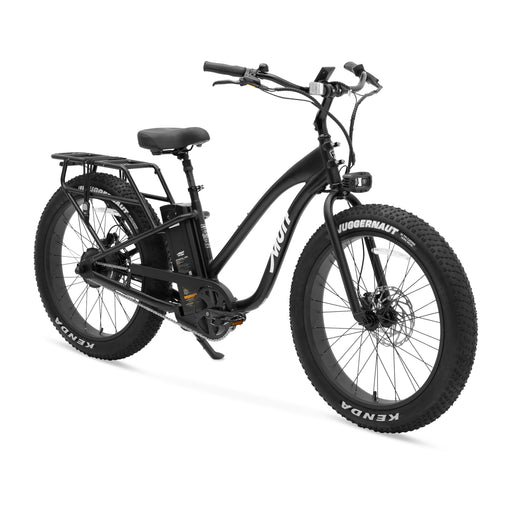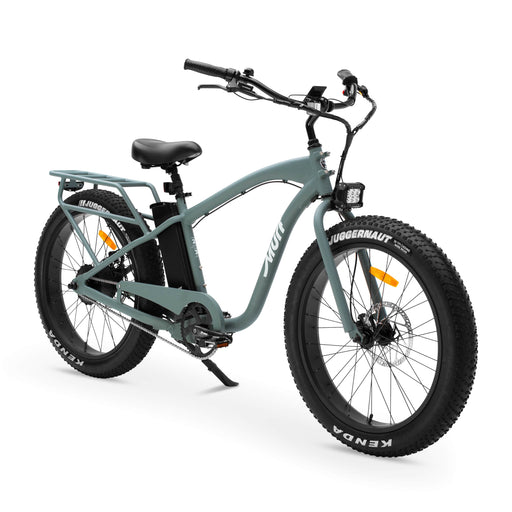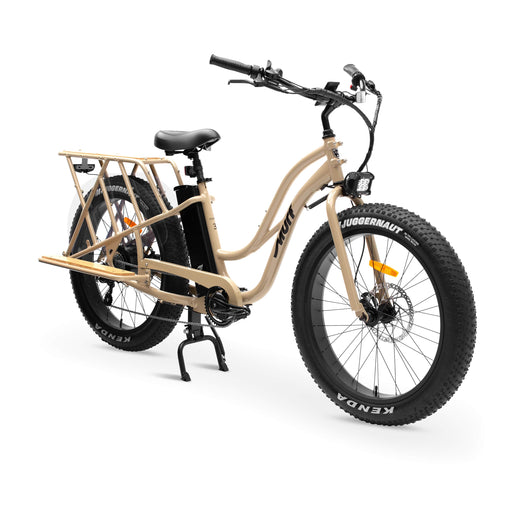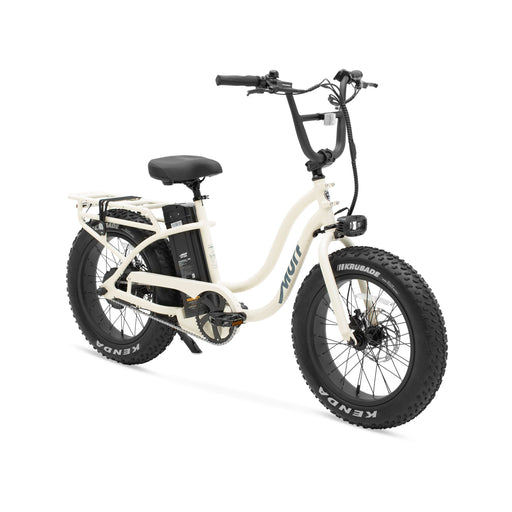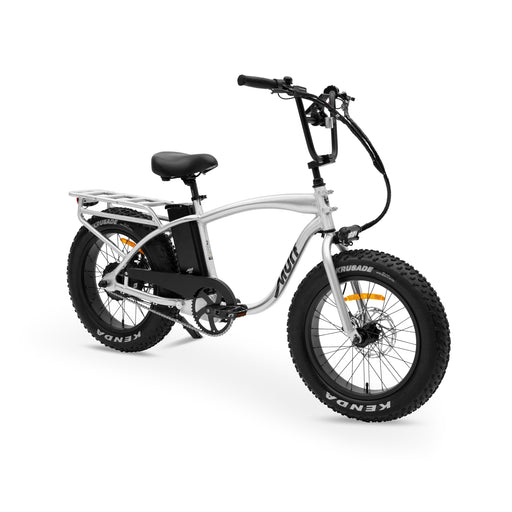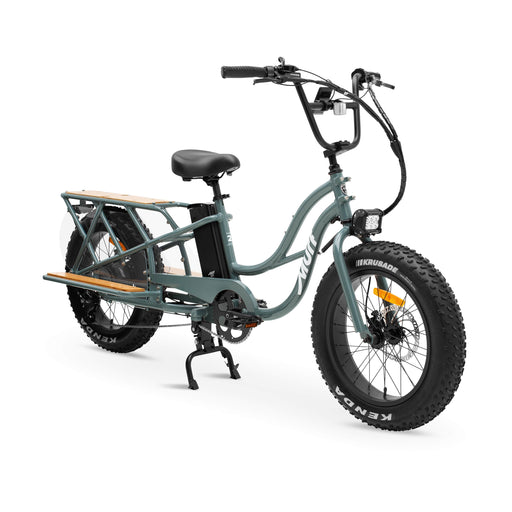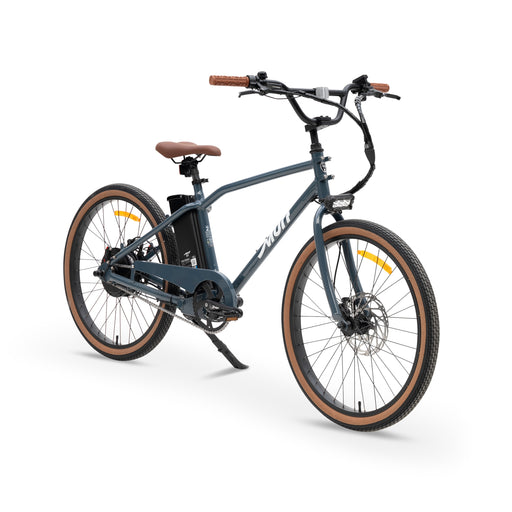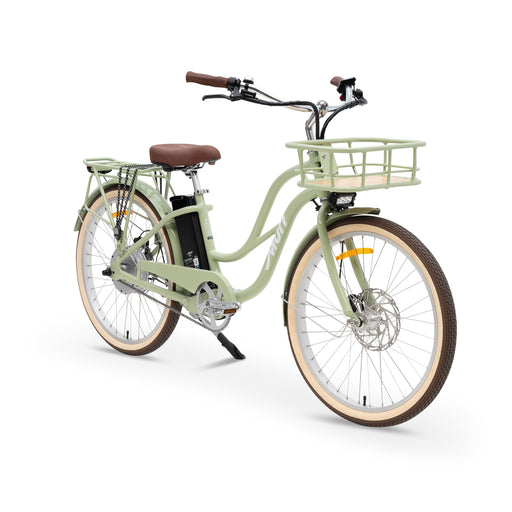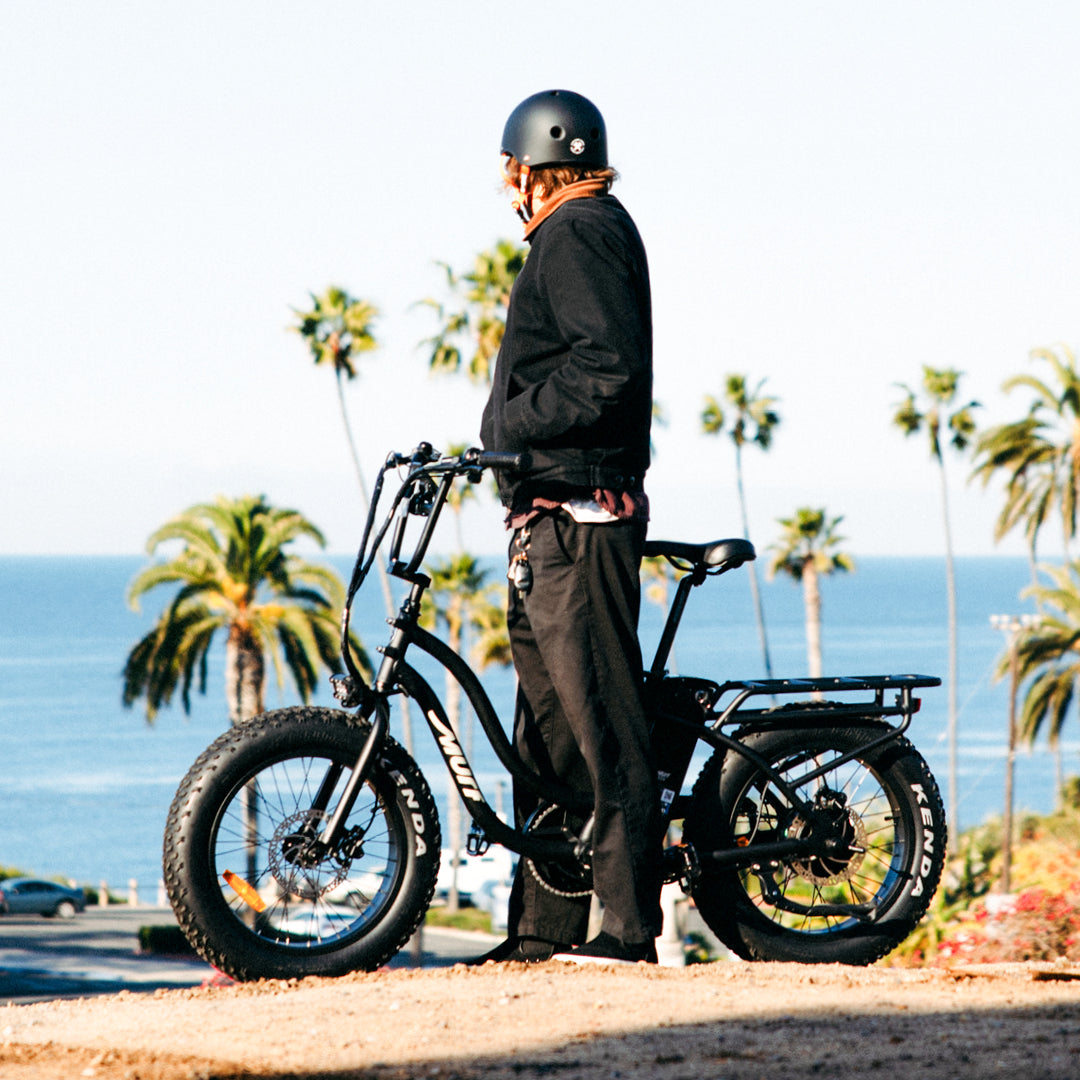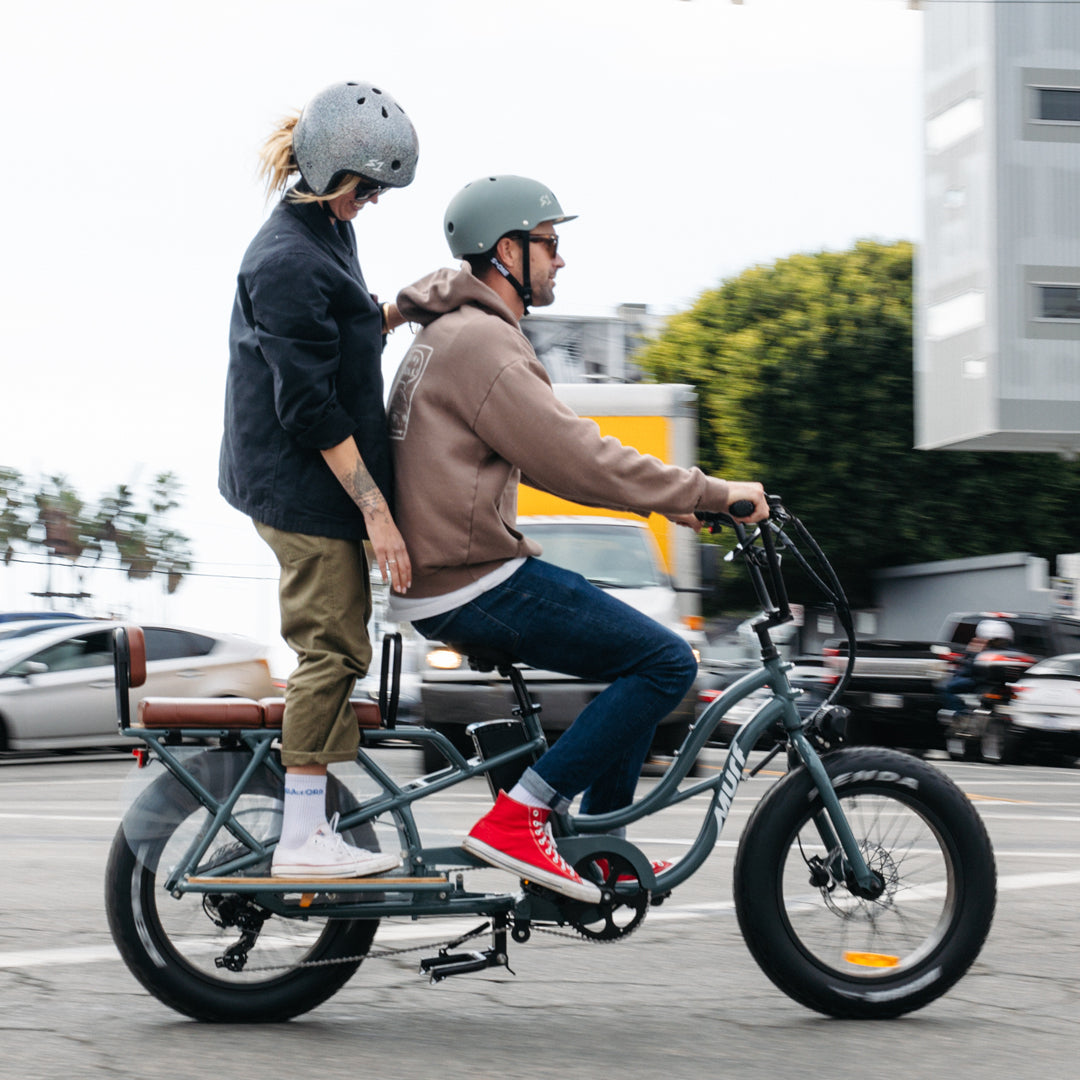A Guide to Bike Maintenance and Upkeep
A Guide to Bike Maintenance and Upkeep
Bicycles have many moving parts that require ongoing maintenance and cleaning to keep them working properly. Although it may seem complicated to maintain a bicycle, the process isn't difficult or even that time-consuming. Proper bike maintenance can keep a bicycle riding smoothly and safely and extend its life. A regular rider should know how to fix a flat tire, grease the chain, clean their bike, and pack a bike tool kit.
Basics of Bike Maintenance
Bike maintenance involves regular inspections to ensure that all components are clean and working properly. Common tasks include inflating the tires properly, checking the tires for wear, checking the brakes to ensure that they engage correctly, and inspecting the chain for cleanliness and lubrication. Go through the gears as well to make sure they are shifting correctly. Fix any issues immediately.
- 101 Bicycle Maintenance Tips Every Cyclist Should Know: Never ignore any strange noise your bike makes, as this likely indicates a potential problem.
- The Beginner's Guide to Essential Bike Maintenance Skills: Perform a fast safety check before every ride to make sure the gears, brakes, and cables are operating correctly.
- Bicycle Maintenance Guide: Stock bike lubricant, degreaser, and an Allen wrench set so you can maintain your bicycle.
- Seven Basic Bike Maintenance Tips for All Cyclists: Keeping your bike clean is one of the most important parts of ongoing bicycle maintenance.
- Important Bike Maintenance Tips: If you're planning to take up cycling for the first time or dig out your old bike, it's important to make sure it's in good shape.
How to Fix a Flat Tire
Flat tires are part of biking, so it's important to know how to fix one. Fixing a flat tire involves removing the wheel from the bike, removing the tube, finding the hole, patching the tube or replacing it, and putting the wheel back on the bike. Carry tools and supplies with you when you bike so you can fix a flat tire immediately. At a minimum, you'll want to be able to temporarily patch the tube until you can get back home and fix it permanently.
- How to Fix a Flat Bike Tire: You'll need a patch kit, a bicycle pump, and a little time to fix a flat bike tire.
- Fixing a Bike Flat: Puncturing a bike tire on a ride will result in a fast flat tire, which will require either fixing the hole or replacing the tube.
- Fixing and Preventing Flat Tires: Using a tire liner or special materials designed to protect the tube from punctures may help to prevent a flat.
- How to Fix a Bicycle Flat Tire the Fast Way: Follow expert tips for speeding up the process of fixing a flat tire.
- What Every Cyclist Should Know About Flat Tires: Many flat tires are avoidable by watching out for surface hazards, biking in a smooth travel lane, and maintaining the tires well.
How to Patch a Bike Tube
Patching a tire tube will require a patch kit. You'll need to remove the tire from the bike and take the tube out of the tire. After finding the leak, determine whether the hole is small enough that you can patch it. If the damage is significant, you'll need to replace the tube. If it can be patched, clean the surface around where you will apply the patch, spread the glue, and apply the patch.
- Fix a Puncture: Patch a Bike's Inner Tube: Patching a bike tube allows you to reuse it.
- How to Patch the Inner Tube the Right Way: Repairing a bike tube is better for the environment than simply replacing it, and patching is not a difficult job.
- Fix a Tire Even if You're Flat Busted: Finding the hole in a tube is easy if you submerge the tube in water and watch for bubbles escaping through the hole.
- How to Repair a Punctured Inner Tube: Finding the puncture in the tire will often help you locate the puncture on the tube underneath it.
- How to Fix a Punctured Bicycle Tube and Tire: Self-adhesive patches are a quick fix for a bicycle tube, with just enough stickiness to get you home again.
Bike Chain Cleaning and Maintenance
The bike chain attracts a lot of dirt and debris, and you need to keep the chain clean and lubricated. Rotate your pedals and check for adequate lubrication and dirt. Use a firm brush to remove dirt, then lubricate the chain links and wipe off excess lubricant with a dry rag. Applying too much lubricant attracts more dirt.
- Chain Cleaning: Dirt and debris from the road will accumulate on a bike chain, requiring regular cleaning.
- Everything You Ever Wanted to Know About Cleaning Your Bike Chain: A chain that's not kept clean and lubricated will increase friction levels while biking.
- How to Clean Bicycle Chains: Clean a bike chain with dish soap and hot water, then wipe down the chain with a cloth.
- Bicycle Chain Lube 101: Lubricant comes in a variety of types, and it's important to pick the right one for the type of riding you're doing.
How to Clean a Bike
Because a bicycle has many moving parts, keeping it clean is important. Leaving dirt and debris on a bike will cause parts to deteriorate more quickly. Use diluted dish soap and water to wash the bike frame. Small brushes will help you remove dirt from small nooks and crannies. Degreaser will help you clean the bike chain effectively. And don't forget to lubricate the chain when you're finished.
- How to Clean Your Road Bike in Seven Minutes: Rinse the frame, clean the rims and brake pads, clean the chain, rinse the frame again, and dry and lubricate the chain.
- How to Clean Your Bike Properly: You'll need soft-bristled brushes, a chain and gear brush, dish soap, and degreaser to clean your bike.
- How to Clean Your Bike After the Ride: Wash your bike immediately after a dirty ride for best results.
- How to Clean Your Bike After a Ride in the Rain: Riding in the rain usually leads to excessive mud and dirt on a bike.
Building a Bike Tool Kit
Carrying a tool kit on your bike will ensure that you have what you need if you have problems while you're biking. Your tool kit should include a small tire pump, tire levers, a patch kit, and a spare tube. Have a small amount of cash in your kit as well. Some riders also like to carry screwdrivers, pliers, Allen wrenches, a chain tool, and a spoke wrench.
- What's in Your Bikepacking Tool Kit? A tool kit should include grease, zip ties, wrenches, a mini channel lock, replacement parts, and other materials you might need for emergency fixes.
- The Ideal Bikepacking or Bicycle Touring Tool Kit: The tools you carry with you should allow you to take care of emergency issues that arise while you're biking.
- Bike Repair Tools and Spares List: Carrying tools and essentials with you is like an insurance policy to prevent being stranded while you're on the road.
- Bike Tools to Take When You Ride: Bike with a small tire pump that mounts to your frame, and carry a tire patch kit and a spare inner tube with you.
Brief Intro to Electric Bike Maintenance
Maintaining an electric bike is not significantly different from regular bike maintenance. You will still need to maintain the gears, the chain, the brakes, and the tires. The e-bike motor is usually maintenance-free. You will need to recharge the battery regularly, topping it off whenever possible. Before storing your e-bike for a long time, charge the battery to between 30 and 60 percent, and keep the battery in a place where it won't freeze.
- How to Care for Your E-Bike's Battery: An important part of having an electric bike is making sure that the battery is charged and trying to extend the battery's life as long as possible.
- Top Three Tips for Keeping Your E-Bike Running Well: Always keep your battery topped off, lubricate your chain, and keep the tires inflated properly.





 info@murfelectricbikes.com
info@murfelectricbikes.com
 1-949-218-5920 (SC)
1-949-218-5920 (SC)
 Find Retail or Service
Find Retail or Service
